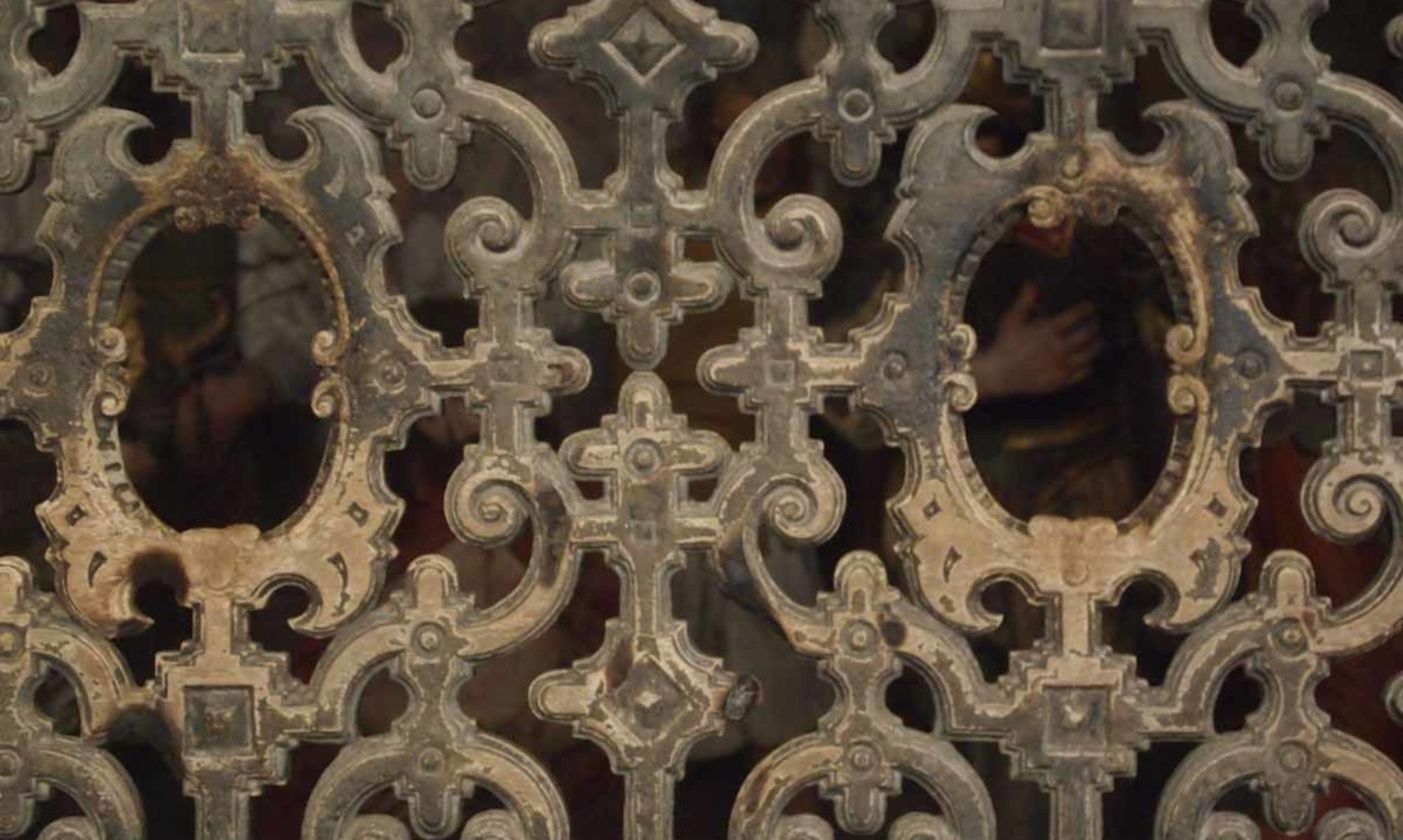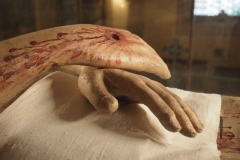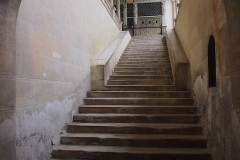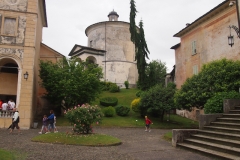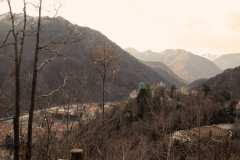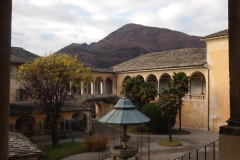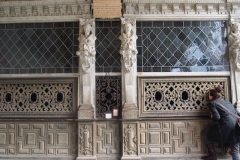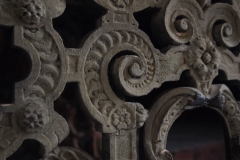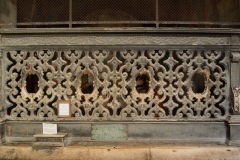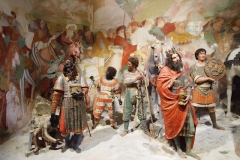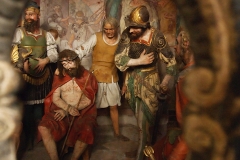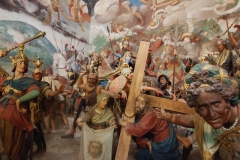I completed my doctoral research on the Sacro Monte di Varallo at the University College London in 2015 with a dissertation entitled “Doubling Matters: the place of the image at the Sacro Monte of Varallo (c. 1590-1630)” and I continue to present and publish in this area. The Sacro Monte is so much more than an anomalous pilgrimage site at the margins of Catholic Italy: it is deeply connected to broader shifts in early modern Europe. My work examines these connections, tracing the relationship between the Sacro Monte and other sites of religious reform alongside related debates in art theory, travel writing, and natural philosophy.
My book manuscript “The Converted Image: Early Modern Pilgrimage and the Sacro Monte di Varallo” argues that Varallo expands the conventional premise of pilgrimage in a radically modern direction: instead of journeying to a site of sacred presence, visitors to the Sacro Monte encountered a place of images. When it was founded in 1491 the Sacro Monte di Varallo acted as a spatial replica of Jerusalem. During the sixteenth and seventeenth centuries, this unique pilgrimage site northwest of Milan gradually came to encompass over forty-five large architectural chapels depicting Christological narratives with remarkable verisimilitude: vibrantly painted polychromatic sculptures and real materials such as rope, cloth and hair are set within trompe l’oeil frescoes that cover the walls, floors and ceilings.
The shift toward representation at the Sacro Monte was largely enacted after 1590. However, I complicate the idea of a definitive rupture during the Catholic Reformation and examine sites where earlier forms of presence remain in play. These cases reveal that the epistemological authority of visual perception was put in productive tension with the contested bodily practice of pilgrimage and the corporeal experience of life-size polychromatic sculpture after 1590. The study challenges the notion that the early modern period passively witnessed the ‘end of pilgrimage’; the Sacro Monte reveals that pilgrimage continued to be a viable and innovative site of conversion, albeit one linked to powerful and potentially unstable forms of experience.
RELATED PRESENTATIONS:
“Portability, Print, Pilgrimage,” in the session ‘Things They Carried: Music, Practices, Artifacts, Icons.’ Early Modern Conversions Team Meeting, McGill University, 22–25 August 2018.
“The Place of the Image at the Sacro Monte of Varallo (c.1590-1630),” Séminar des Nouveaux Modernes. Université de Montréal, 10 March 2017.
“Making Contact: images and acheiropoetoi at the Sacro Monte of Varallo,” in the session ‘The Interaction of Art and Relics in Early Modernity’ organized by Livia Stoenescu and Andrew Casper. Chair: Alexander Nagel. Renaissance Society of America Annual Conference, Boston, 31 March–2 April 2016.
“Alone at the Summit: solitude and the ascetic imagination at Varallo’s Mount Tabor,” Spaces, Places, and Times of Solitude in Late Medieval and Early Modern Europe Conference. University of Bern, 9–11 December 2015.
“Earth Works: representation and transfiguration at the Sacro Monte of Varallo,” School of Philosophy and Art History Research Seminar Series. University of Essex, 5 November 2015.
“Surface Tension: epistemologies of stone and image in early modern pilgrimage,” in a session entitled ‘Groundwork’ co-organized with Catherine McCormack. Association of Art Historians Annual Conference, Norwich, 9–11 April 2015.
“Stabilizing the Image of Jerusalem: the politics of the local and the global at Varallo’s Scala Santa,” The Politics of Visual Translations of Jerusalem. University of York, 20–21 March 2015.
